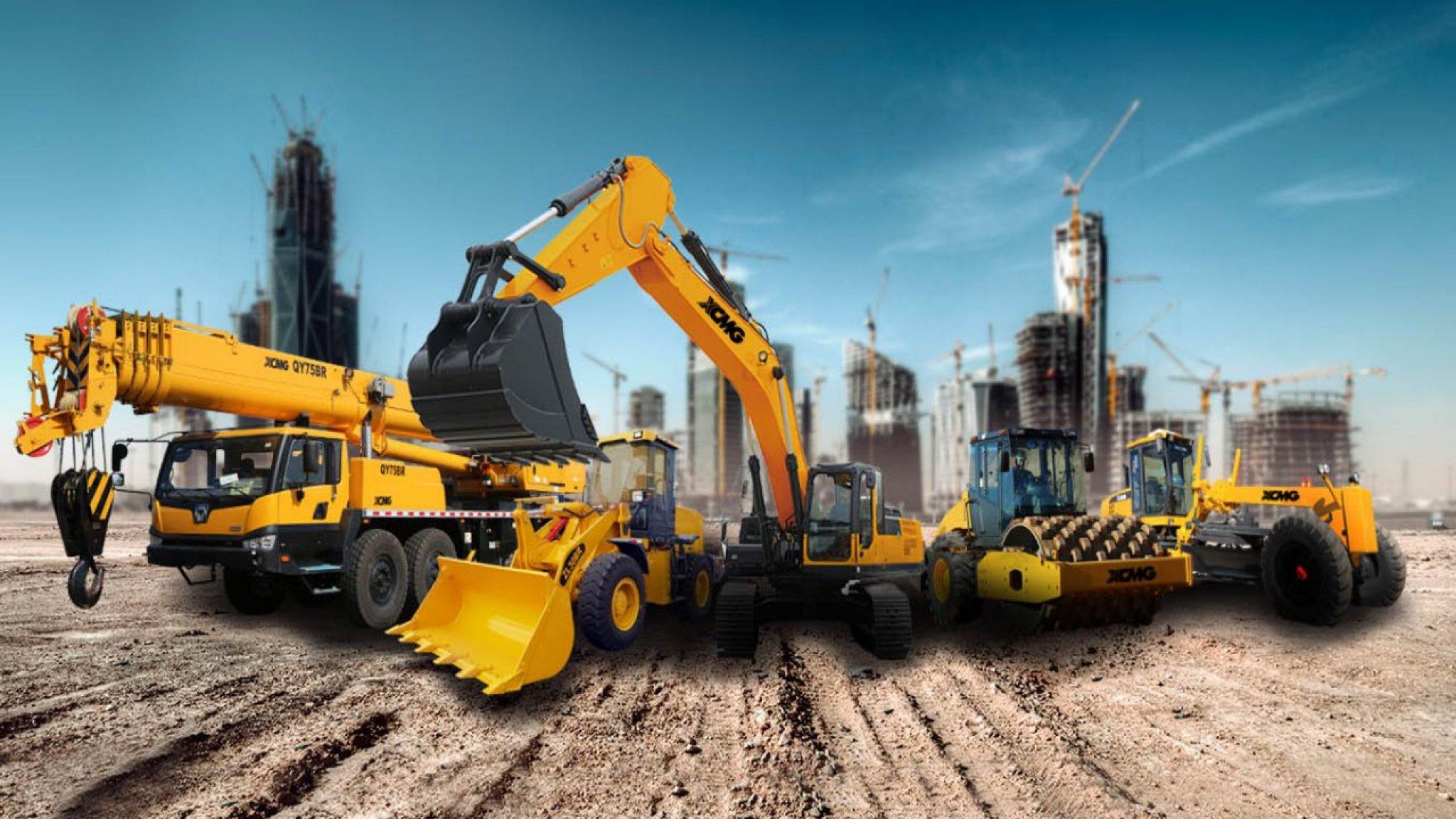
Elevate Your Work: Choosing the Best Aerial Platform for Every Task
Optimizing Elevated Access: A Guide to Aerial Platform Selection
In today's demanding work environments, safe and efficient access to elevated areas is critical. From routine maintenance to complex installations, businesses seek solutions boosting productivity while upholding safety. The right aerial platform is foundational to project success, ensuring tasks are performed effectively and securely at various heights.
The diverse nature of tasks means no single solution fits all. Inspecting facades, performing electrical work, or setting up large events each present unique challenges. They demand specific capabilities from lifting equipment. Understanding these nuances is the first step towards an informed decision aligning with project goals and site conditions.
Choosing an aerial platform involves more than just height. Load capacity, platform size, maneuverability, power source, and terrain adaptability are crucial. An incorrect selection leads to delays, increased costs, and, critically, compromised worker safety. Meticulous equipment assessment is not just beneficial, it's essential for responsible operations.
The market offers a wide array of aerial work platforms, each designed with particular strengths. From versatile scissor lifts for vertical elevation to robust boom lifts offering extensive horizontal reach, options can seem overwhelming. Navigating this landscape requires clear understanding of your operational needs and each machine's characteristics. This discernment is key to maximum efficiency.
At Exzacttul, we grasp the complexities of selecting the perfect aerial platform. Our experience shows thoughtful consideration of all variables leads to superior operational outcomes. This article aims to demystify the selection process, providing insights to help you make strategic choices that elevate your work capabilities and ensure precision and utmost safety.
Key Applications and Considerations for Aerial Platforms
-
Construction & Maintenance: Essential for facade work, roofing, and structural repairs. Advantages: Precise positioning, safe access. Limitations: Requires stable ground; specific models for rough terrain needed.
-
Utilities & Inspections: Critical for power line upkeep, bridge inspections, and telecom infrastructure. Advantages: Extended reach, stability for delicate tasks. Limitations: Environmental conditions impact use; specialized insulation often required.
-
Event Setup & Logistics: Used for stage rigging, lighting, and banner placement at large venues. Advantages: Quick, elevated access for temporary structures. Limitations: Compact models often needed indoors; careful public safety planning.
Expert Perspectives on Platform Selection
Industry experts consistently emphasize that initial site assessment is the most critical step. Understanding ground conditions, maneuvering space, overhead obstacles, and precise height/reach dictates suitable equipment. Ignoring these steps leads to inefficiencies, hazards, and setbacks, highlighting the need for thorough planning.
A common discussion point involves boom lifts versus scissor lifts. Boom lifts, with articulated or telescopic arms, offer unparalleled horizontal outreach, ideal for complex, hard-to-reach areas. Scissor lifts provide a larger work platform and excellent vertical stability, perfect for tasks needing multiple workers or significant material handling at height, but with limited horizontal movement.
Another debate focuses on power sources: electric versus internal combustion engines. Electric platforms suit indoor use due to zero emissions and quiet operation, promoting healthier environments. However, battery life limits extensive outdoor work. Combustion models offer greater power and longer operating times, essential for rugged outdoor sites, but require ventilation and fuel management.
Beyond machinery, operator competence remains paramount. Proper training and certification are non-negotiable for safe operation. Even the most advanced platform can be hazardous in untrained hands. Companies must prioritize comprehensive training, ensuring operators understand equipment specifics, safety protocols, and emergency procedures. The human element is as crucial as machine capabilities.
Concluding Thoughts and Recommendations
Choosing the right aerial platform is a strategic decision, critical for project safety and efficiency. It demands a holistic evaluation of task needs, site conditions, and equipment capabilities. Prioritizing safety through informed choices and rigorous operator training is paramount.
Detailed planning and expert consultation are essential. Understanding model differences and environmental suitability improves outcomes. By considering all factors and seeking guidance from specialists like Exzacttul, businesses deploy effective, safe aerial solutions, optimizing operations and worker well-being.
Comments 4


Naru Ozawa
1 days agoThank you for your feedback! We're glad you found the insights valuable for your project planning needs.
Reply
Yami Sudo
6 days agoI'm curious about the maintenance requirements for electric vs. combustion platforms. Is there a significant difference in terms of cost or complexity over their lifespan?
Reply
Shojiro Harada
1 days agoThat's an excellent question. Generally, electric platforms require less routine engine maintenance, but battery management is key. Combustion models have more complex engine systems. We'd be happy to discuss specific models in more detail.
Reply
Hiroshi Kirishima
6 days agoThis article provides a clear and concise overview of aerial platform selection. The breakdown of applications and expert opinions is particularly helpful for project planning.
Reply